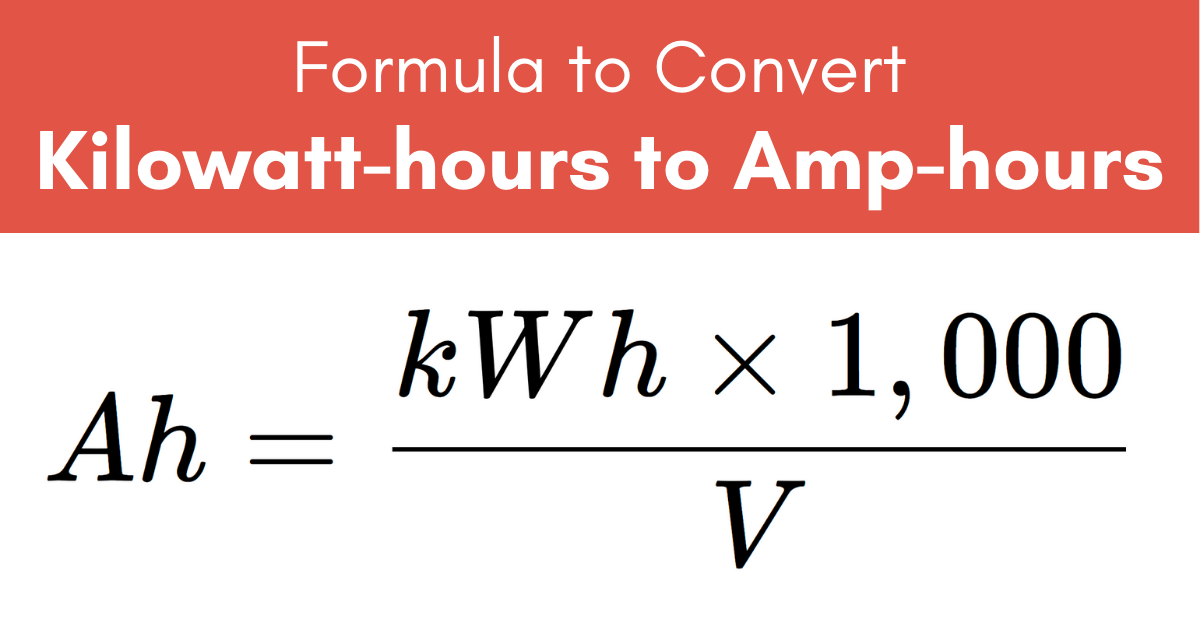Introduction
Have you received an electricity bill that seemed excessively high, leaving you wondering how so much energy could be consumed? Understanding how Watt-hours, a measure of energy consumption, are calculated is crucial in deciphering these bills and managing energy use effectively. This article will provide a comprehensive guide on calculating Watt-hours, empowering you with the knowledge to interpret energy consumption and make informed decisions.
What are Watt-hours?
A Watt-hour (Wh) measures the energy consumed by an electrical device over time. It is calculated by multiplying the device’s power consumption (in Watts) by the duration of usage (in hours). In simple terms, 1 Wh represents the energy used when a 1-Watt device operates for one hour.
Calculating Watt-hours
Determining Watt-hours is a straightforward process involving two methods:
Method 1: Using a Wattmeter

Image: img-abba.blogspot.com
A Wattmeter is a device that measures the power consumption of an electrical appliance. Using a Wattmeter, you can directly determine the power consumption in Watts. Simply multiply this value by the duration of usage to calculate Watt-hours.
Method 2: Appliance Label and Utility Bill
Most appliances come with labels indicating their power consumption in Watts. Multiplying this value by the duration of usage will provide an estimate of the Watt-hours. You can also find historical energy consumption data in Kilowatt-hours (kWh) on your utility bill. Multiplying kWh by 1000 will give you the equivalent Watt-hours.
Insights from Updated Sources
Recent technological advancements have made it easier to monitor and manage energy consumption. Smart meters and home energy management systems provide real-time data on energy usage, allowing you to identify energy-intensive appliances and adjust usage patterns accordingly.
Expert Advice for Managing Energy Consumption
**1. Identify Energy-Intensive Appliances:**
Appliances like air conditioners, water heaters, and refrigerators consume significant energy. Identifying these appliances and optimizing their usage can result in substantial energy savings.
2. Choose Energy-Efficient Appliances:
Opt for appliances with Energy Star ratings, indicating high energy efficiency. These appliances consume less energy without compromising performance.
3. Utilize Power Strips:
Power strips allow you to easily switch off multiple devices with a single action. When appliances are not in use, unplug them or switch off the power strip to prevent standby power consumption.
4. Avoid Phantom Loads:
Certain devices continue to draw power even when turned off. Unplug these devices, such as chargers and small electronics, to eliminate phantom loads.
Frequently Asked Questions
**Q: How do I convert Watt-hours to Kilowatt-hours?**
A: Divide Watt-hours by 1000. For instance, 1000 Wh equals 1 kWh.
Q: Is it possible to estimate energy consumption without a Wattmeter?
A: Yes, using the appliance label’s power consumption information and multiplying it by the duration of usage.
Q: What are the benefits of managing energy consumption?
A: Reduced energy bills, decreased environmental impact, and improved energy security.

Image: footprinthero.com
How To Find Watt Hours
Conclusion
Understanding how to find Watt-hours empowers you to analyze energy consumption, identify inefficiencies, and make informed decisions about energy usage. Implementing practical tips and expert advice can significantly reduce energy expenses and contribute to a more sustainable lifestyle.
We encourage readers to delve deeper into the topic by exploring additional resources and engaging in discussions on energy management and conservation. Your commitment to energy awareness and efficiency will not only benefit your wallet but also contribute to preserving our precious natural resources.